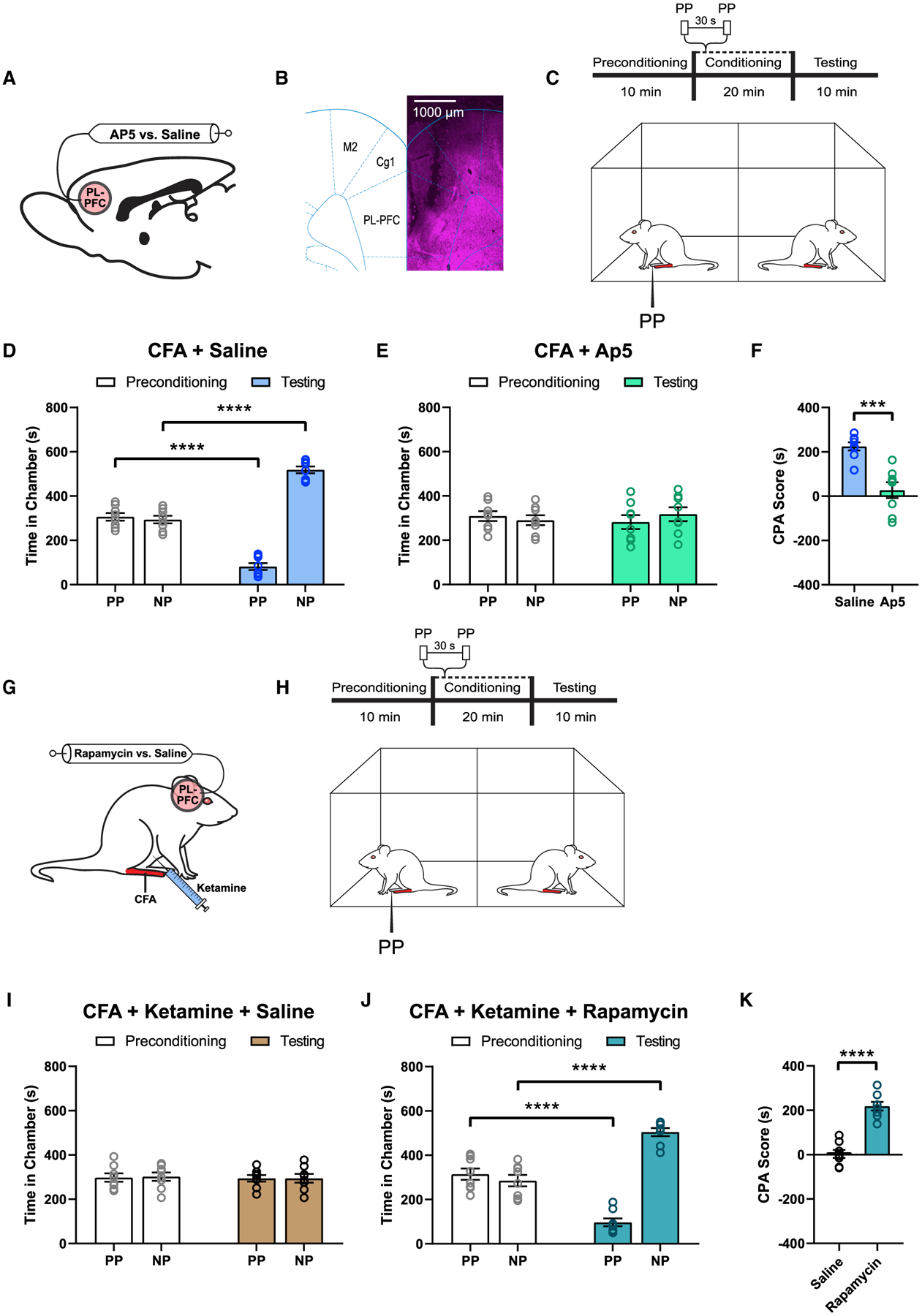Figure 7. PL-PFC mediates the anti-aversive effects of ketamine.

(A) Schematic of intra-PL-PFC drug infusion of AP5 (antagonist of NMDA receptors) versus saline (control).
(B) Representative brain slice indicating the intracranial infusion site in the PL-PFC. Scale bar, 1,000 μm.
(C) Schematic of the CPA assay.
(D) Intra-PL-PFC administration of saline did not alter the aversive response to acute pain in CFA-treated rats. n = 8; p < 0.0001, paired Student’s t test.
(E) AP5 in the PL-PFC removed the avoidance of PP-paired chamber in CFA-treated rats. n = 8; p = 0.4692, paired Student’s t test.
(F) AP5 in the PL-PFC removed pain aversion in CFA-treated rats. n = 8; p = 0.0002, unpaired Student’s t test.
(G) Schematic of intra-PL-PFC drug infusion of rapamycin (translational inhibitor) versus saline (control) prior to ketamine treatment in CFA-treated rats.
(H) Schematic of the CPA assay.
(I) Intra-PL-PFC administration of saline showed no avoidance of the PP-paired chamber after ketamine treatment in CFA-treated rats. n = 8; p = 0.8595, paired Student’s t test.
(J) Intra-PL-PFC administration of rapamycin restored the avoidance of the PP-chamber despite ketamine treatment in CFA-treated rats. n = 8; p < 0.0001, paired Student’s t test.
(K) Pre-treatment of rapamycin in the PL-PFC blocked the anti-aversive effect of ketamine in CFA-treated rats. n = 8; p < 0.0001, unpaired Student’s t test.
Data represented as mean ± SEM.
